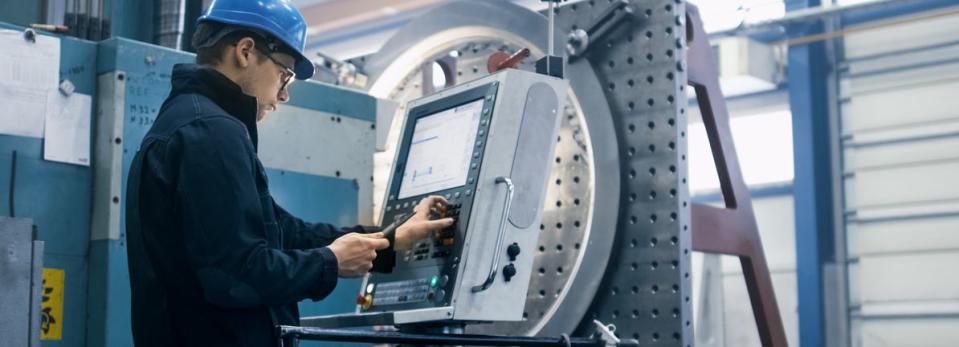What Do The Returns On Capital At Snap-on (NYSE:SNA) Tell Us?

Did you know there are some financial metrics that can provide clues of a potential multi-bagger? One common approach is to try and find a company with returns on capital employed (ROCE) that are increasing, in conjunction with a growing amount of capital employed. If you see this, it typically means it's a company with a great business model and plenty of profitable reinvestment opportunities. In light of that, when we looked at Snap-on (NYSE:SNA) and its ROCE trend, we weren't exactly thrilled.
Return On Capital Employed (ROCE): What is it?
For those who don't know, ROCE is a measure of a company's yearly pre-tax profit (its return), relative to the capital employed in the business. To calculate this metric for Snap-on, this is the formula:
Return on Capital Employed = Earnings Before Interest and Tax (EBIT) ÷ (Total Assets - Current Liabilities)
0.16 = US$836m ÷ (US$6.1b - US$829m) (Based on the trailing twelve months to June 2020).
Therefore, Snap-on has an ROCE of 16%. In absolute terms, that's a satisfactory return, but compared to the Machinery industry average of 9.1% it's much better.
View our latest analysis for Snap-on
Above you can see how the current ROCE for Snap-on compares to its prior returns on capital, but there's only so much you can tell from the past. If you'd like, you can check out the forecasts from the analysts covering Snap-on here for free.
How Are Returns Trending?
When we looked at the ROCE trend at Snap-on, we didn't gain much confidence. Over the last five years, returns on capital have decreased to 16% from 20% five years ago. On the other hand, the company has been employing more capital without a corresponding improvement in sales in the last year, which could suggest these investments are longer term plays. It's worth keeping an eye on the company's earnings from here on to see if these investments do end up contributing to the bottom line.
The Bottom Line On Snap-on's ROCE
To conclude, we've found that Snap-on is reinvesting in the business, but returns have been falling. And with the stock having returned a mere 9.4% in the last five years to shareholders, you could argue that they're aware of these lackluster trends. So if you're looking for a multi-bagger, the underlying trends indicate you may have better chances elsewhere.
Like most companies, Snap-on does come with some risks, and we've found 1 warning sign that you should be aware of.
While Snap-on isn't earning the highest return, check out this free list of companies that are earning high returns on equity with solid balance sheets.
This article by Simply Wall St is general in nature. It does not constitute a recommendation to buy or sell any stock, and does not take account of your objectives, or your financial situation. We aim to bring you long-term focused analysis driven by fundamental data. Note that our analysis may not factor in the latest price-sensitive company announcements or qualitative material. Simply Wall St has no position in any stocks mentioned.
Have feedback on this article? Concerned about the content? Get in touch with us directly. Alternatively, email editorial-team@simplywallst.com.

